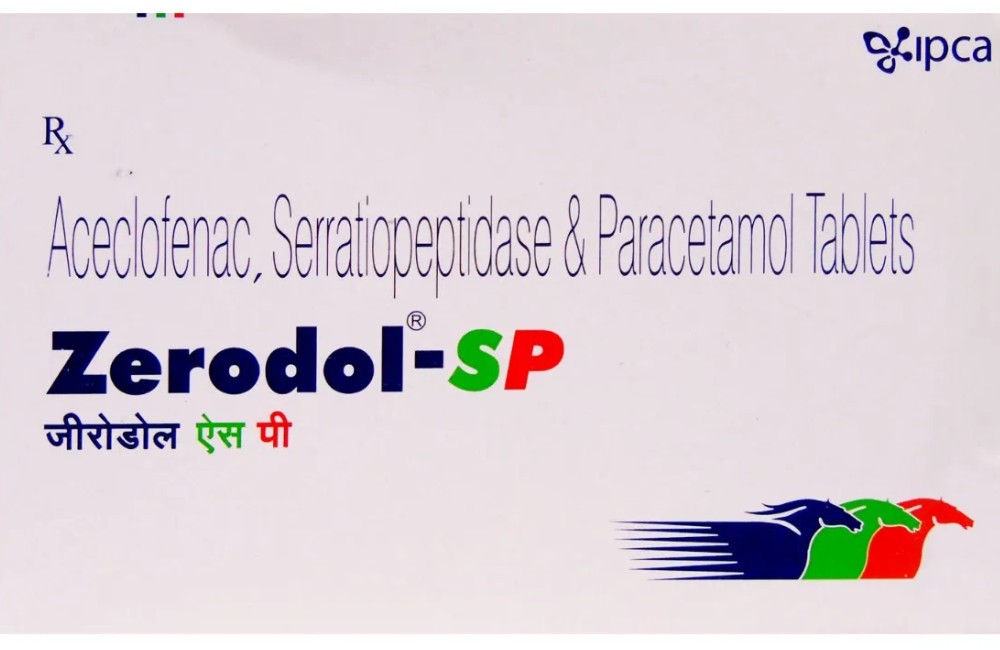Exploring the Realm of Viral Hemorrhagic Fever
Welcome to the enigmatic realm of viral hemorrhagic fever, a haunting medical condition that sends shivers down the spines of healthcare professionals and the public alike. Imagine your body being invaded by an invisible foe, triggering a cascade of events reminiscent of a suspenseful thriller. In this article, we will venture into the depths of this alarming ailment, unveiling its features, causes, symptoms, potential treatments, and preventive measures. Brace yourself as we unravel the mysteries that surround viral hemorrhagic fever and shed light on its somber reality.
Table of Contents
ToggleUnderstanding Viral Hemorrhagic Fever
Defining the Menace
Viral hemorrhagic fever (VHF) is an ominous and potentially fatal illness characterized by fever, fatigue, severe muscle aches, organ failure, and, as the name suggests, hemorrhage. This condition is caused by several distinct families of viruses, all capable of inflicting terror due to their destructive impact on the body.
A Viral Onslaught: How it Begins
The journey into the world of VHF starts innocuously with exposure to infected animals or humans. These viruses exploit various entry points, such as mucous membranes or breaks in the skin, gaining access to the body. Once inside, they swiftly replicate, spreading like wildfire and targeting vital organs, often causing catastrophic consequences.
The Perpetrators: Viruses Causing Hemorrhagic Fever
Ebola Virus
The Ebola virus, named after the Ebola River in the Democratic Republic of the Congo, is infamous for its high mortality rate. It incites widespread fear due to its rapid progression, leading to severe internal and external bleeding.
Marburg Virus
Named after the German town of Marburg where it was first identified, the Marburg virus is another member of the VHF family. Its effects are similar to Ebola, causing a hemorrhagic fever with devastating consequences.
Lassa Virus
The Lassa virus, primarily found in West Africa, is a known culprit for hemorrhagic fever. It is transmitted through exposure to the urine or droppings of infected rats, amplifying the fear associated with this virus.
Crimean-Congo Hemorrhagic Fever Virus
This virus, mainly transmitted through ticks and livestock, is a perilous offender. It ranges from causing mild symptoms to a severe, potentially fatal fever, embodying the diverse spectrum of VHFs.
Penetrating the Defenses: Modes of Transmission
Contact with Bodily Fluids
The most common mode of VHF transmission is through contact with the blood, urine, saliva, or other bodily fluids of infected individuals. Healthcare workers are particularly susceptible due to their close proximity to patients.
Airborne Transmission
In certain cases, VHFs can be transmitted through the air, making containment and prevention challenging. This mode of transmission intensifies the potential for an outbreak.
The Battle Within: Symptoms and Early Detection
The Sneaky Onset
VHF often initiates with flu-like symptoms, making it difficult to differentiate from other ailments in its early stages. The initial symptoms, including fever, fatigue, muscle aches, and headaches, can be misleading, delaying proper diagnosis.
Recognizing the Red Flags
As the disease progresses, severe symptoms manifest, including bleeding from various orifices, shock, organ failure, and neurological complications. Timely recognition of these symptoms is crucial for effective management.
Diagnostic Measures: Unveiling the Culprit
Laboratory Tests
Laboratory tests, including PCR and enzyme-linked immunosorbent assays (ELISAs), are fundamental in diagnosing VHFs. These tests detect viral genetic material or antibodies in a patient’s blood.
Imaging Studies
Imaging techniques like computed tomography (CT) scans and magnetic resonance imaging (MRI) help identify the extent of organ damage, aiding in devising appropriate treatment plans.
Fighting the Fiend: Treatment and Management
Supportive Care
Currently, there is no specific antiviral treatment for VHFs. Supportive care, such as maintaining fluid balance, managing complications, and providing symptomatic relief, remains the mainstay of treatment.
Experimental Treatments
Scientists are exploring various experimental treatments, including antiviral drugs and monoclonal antibodies, in the quest to find a cure for VHFs. These treatments aim to target the virus and mitigate its destructive effects.
Preventing the Pandemonium: Protective Measures
Hygiene and Sanitation
Practicing good hygiene, including regular handwashing, and maintaining a clean environment can significantly reduce the risk of VHF transmission. Adequate sanitation measures are crucial in preventing outbreaks.
Vaccination Efforts
Efforts are ongoing to develop vaccines against specific VHFs. Vaccination plays a pivotal role in not only protecting individuals but also preventing the spread of these menacing viruses within communities.
Global Impact: Viral Hemorrhagic Fever in Different Regions
Africa: The Epicenter
A significant number of VHF cases are reported in Africa, particularly in regions where the Ebola and Lassa viruses are endemic. The lack of adequate healthcare infrastructure exacerbates the impact of outbreaks.
Cases Beyond the Continent
In recent years, cases of VHFs have been reported beyond Africa, causing concern globally. This highlights the need for heightened vigilance and preparedness across continents.
Spreading Awareness: The Role of Media and Education
Media’s Responsibility
Media plays a pivotal role in disseminating accurate information and dispelling myths surrounding VHFs. Responsible reporting helps in creating a well-informed public that can actively participate in prevention efforts.
Educational Initiatives
Educational programs in schools, communities, and healthcare settings are instrumental in building awareness about VHFs. Empowering individuals with knowledge equips them to protect themselves and their communities.
Conclusion
Viral hemorrhagic fever remains an ominous threat, claiming lives and instilling fear across the globe. Yet, through research, education, and international collaboration, we stand on the brink of a brighter future. The path ahead involves fortifying our defenses, advancing medical science, and embracing resilience. Together, we can unravel the mysteries, conquer the fears, and emerge victorious in the battle against viral hemorrhagic fever.
FAQ’s
Symptoms include fever, fatigue, muscle aches, headaches, and in severe cases, bleeding from various parts of the body.
Currently, there is no specific cure for viral hemorrhagic fever, but supportive care and experimental treatments are being explored.
VHFs are mainly transmitted through contact with infected bodily fluids or, in certain cases, through the air or tick bites.
Efforts are ongoing to develop vaccines against specific VHFs, but currently, there are limited vaccines available.
Preventive measures include practicing good hygiene, avoiding contact with infected individuals’ bodily fluids, and supporting vaccination efforts.
Note: Remember, it’s always a good idea to consult a healthcare professional or registered dietitian before making significant changes to your diet, especially if you have any underlying health conditions or specific dietary requirements.
Recent Articles
-
 Full Body Checkup: A Complete Test List for Optimal Health02 Nov 2023
Full Body Checkup: A Complete Test List for Optimal Health02 Nov 2023 -
 Zerodol-SP Tablet: Power of Pain Relief and Inflammation Control30 Jun 2023
Zerodol-SP Tablet: Power of Pain Relief and Inflammation Control30 Jun 2023 -
 Glycerin for Face: A Game-Changer in Skincare?01 Sep 2023
Glycerin for Face: A Game-Changer in Skincare?01 Sep 2023 -
 7 Hacks to Lower Prolactin Levels Naturally27 Sep 2023
7 Hacks to Lower Prolactin Levels Naturally27 Sep 2023 -
 The Incredible Benefits of Eating Walnuts: Boosting Your Health One Nut at a Time29 Jun 2023
The Incredible Benefits of Eating Walnuts: Boosting Your Health One Nut at a Time29 Jun 2023

